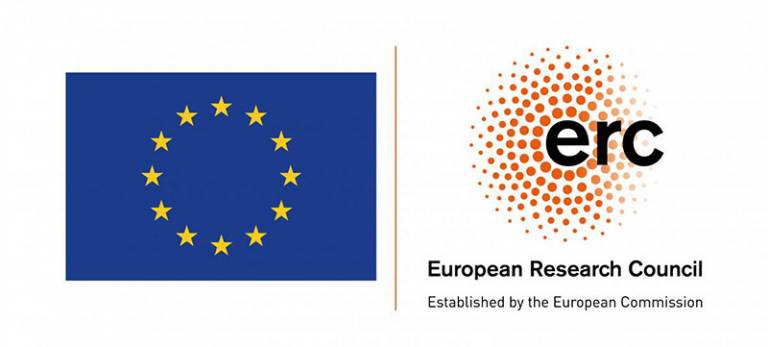Medieval ‘Green Revolution’ provides lessons for secure food future
22 May 2023
Corisande Fenwick (UCL Institute of Archaeology) is part of an innovative ERC Synergy project exploring how medieval societies inspired a ‘green revolution’.

In the most ambitious investigation yet of its kind, archaeologists and scientists at the universities of Reading, Barcelona, Granada, York, UCL, Basel, València, Murcia and INSAP (Rabat) will collaborate to investigate how societies across the Western Mediterranean overcame environmental challenges and inspired a ‘green revolution’ over the course of 1,000 years.
With support from a 10 million euro (£8.8 million), six-year European Research Council grant, running from 2023-2029, the project teams will study how climate, plants, animals and landuse changed over the course of a millennium in Spain, the Balearic Islands, and Morocco. The UCL team has been awarded €1.5 million and will work together with INSAP colleagues to identify the timing and pace of agricultural transformation in Morocco through new excavations and analysis of historical sources.
Corisande Fenwick, the UCL lead, said:
“This project offers a unique opportunity to explore the long-term impact of the Arab conquests on what people grow and eat in the western Mediterranean and the Sahara and how past societies responded to climate change, desertification and other environmental pressures.”
Between the 6th and the 16th centuries, the Western Mediterranean saw successive political and demographic changes, from the Arab conquests of North Africa and Iberia to the Christian conquests of Islamic Al-Andalus. The Arab conquests came alongside significant innovations in agriculture, including advances in irrigation, land management and the introduction of new crops. This ‘green revolution’ took place across the medieval Islamic world.
The techniques used by the project’s researchers will include the microscopic study of soils and sediments, analysis of food residues on ceramics, ancient DNA and isotopic analyses of plant remains and animal bones, alongside conventional archaeology and analysis of historical sources.
 Close
Close

